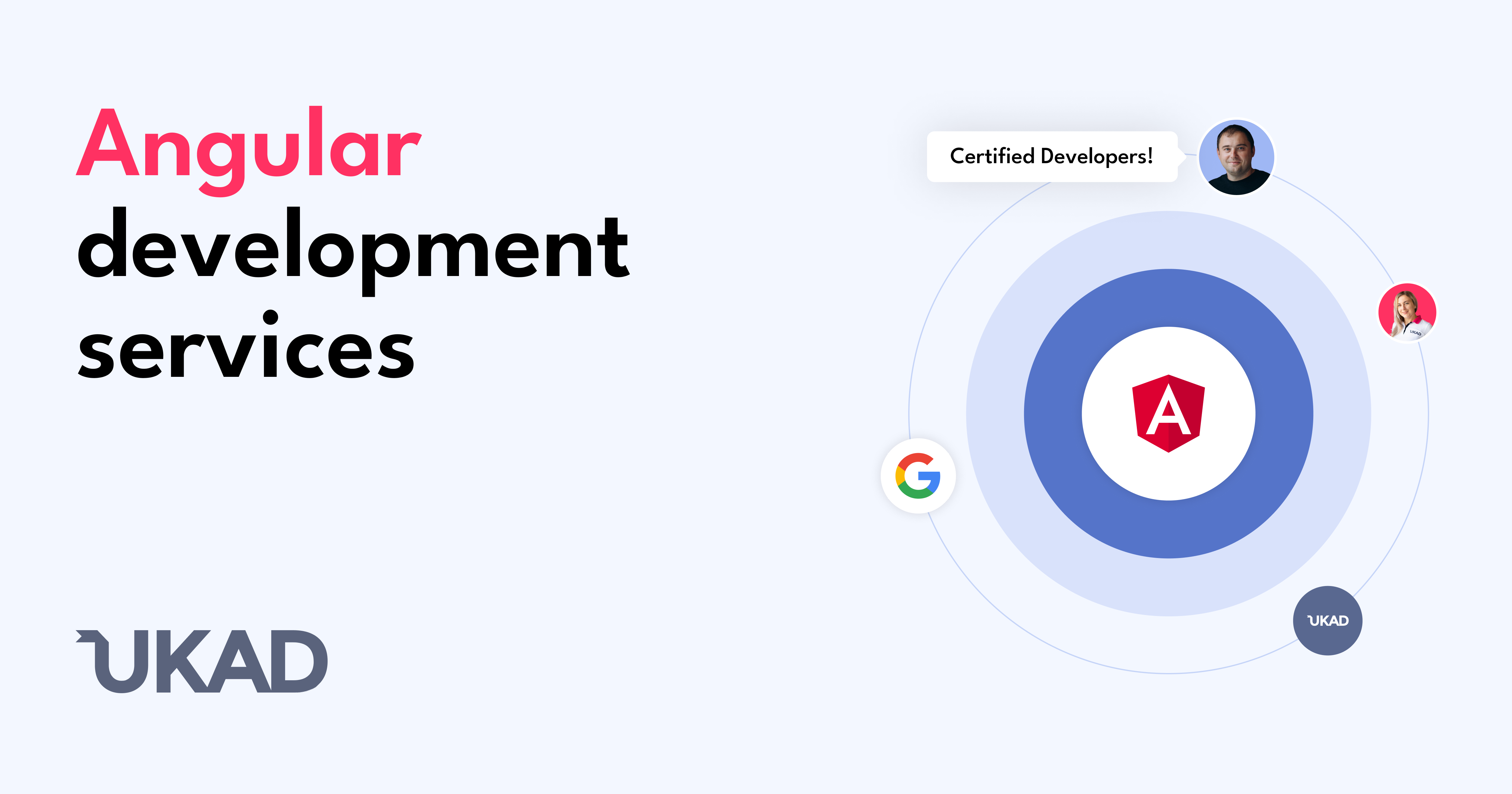Blitz News Digest
Stay updated with the latest trends and insights.
Angular Development: Where Code Meets Creativity
Unlock the magic of Angular development! Explore how code fuels creativity and transforms ideas into stunning web applications.
Maximizing Performance in Angular Applications: Tips and Techniques
When it comes to maximizing performance in Angular applications, it's essential to understand how to leverage the framework's built-in tools and features. One effective technique is to utilize the OnPush change detection strategy. This strategy significantly reduces the number of checks Angular performs, resulting in faster rendering times. Additionally, employ lazy loading to only load necessary modules when they are needed, which can drastically decrease initial loading speed and enhance user experience. By implementing these strategies, you ensure that your application remains responsive and efficient.
Another crucial aspect of optimizing your Angular application is managing your component architecture. Organizing components into a hierarchy that promotes reusability and simplicity can lead to better performance. Furthermore, consider using memoization techniques to cache results of expensive function calls. This prevents unnecessary re-computation and allows your application to handle more complex operations without lag. Finally, always keep your dependencies up to date, as the latest Angular releases often include performance improvements and best practices for application development.

Exploring Components and Services: The Building Blocks of Angular Development
Angular is a powerful framework that enhances the development of dynamic web applications through its modular architecture. At the core of Angular are components and services, which serve as the fundamental building blocks of the application. Components are essentially the directives that manage the UI by encapsulating the view and behavior in a cohesive unit. Each component consists of three critical parts: HTML template, CSS styles, and TypeScript class. This well-defined structure not only fosters reusability but also enhances maintainability, making it easier to manage changes as the application scales.
On the other hand, services in Angular provide a way to share data and logic across components, promoting a clean separation of concerns. They are typically used to handle data operations, such as fetching data from an API or managing state. When combined with the Angular dependency injection mechanism, services allow for a more modular and efficient way to organize code. By utilizing services, developers can create a robust application architecture that simplifies testing and optimizes performance, ultimately leading to a more efficient development process.
Common Challenges in Angular Development and How to Overcome Them
Angular development can present a variety of challenges that developers need to navigate effectively. One common issue is performance optimization, particularly when dealing with large applications. As the application grows, the number of components and data bindings increases, leading to potential slowdowns. To tackle this, developers can utilize Angular's built-in features such as Change Detection Strategy, which helps manage how the view updates when the model changes. Additionally, employing techniques like lazy loading can significantly improve performance by loading only the necessary modules on demand.
Another significant challenge faced during Angular development is maintaining state management. As applications become more complex, managing data across various components can become cumbersome. A popular solution is to implement a state management library, such as NgRx or Akita, which provides a clear structure for managing application state. To effectively use these libraries, developers should also consider implementing best practices like Immutable State and using selectors to optimize data retrieval and updates.